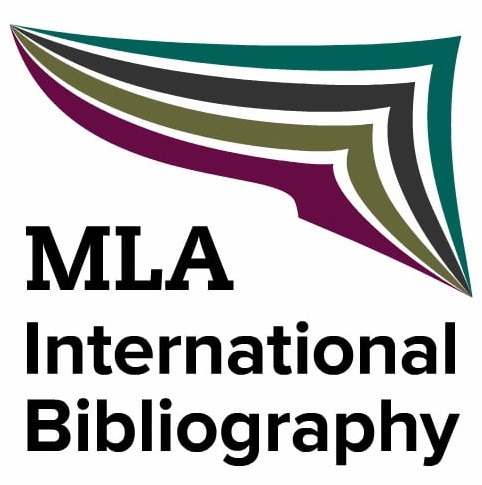Virginia Woolf’s “Imageographie”: On New Paths in the Modernist Text-Image Interconnection
DOI:
https://doi.org/10.13135/2281-6658/3440Keywords:
Modernism, Virginia Woolf, photography, painting, cinema, theory of artAbstract
The complexity of the relationship between Modernism and the visual arts involves consideration of the key theoretical crux of how and to what extent images reproduce reality. The cinema in particular has exerted a strong influence on Modernist writers as the novelty of the medium, and the new possibilities it offered, could not but arise the interest of writers that were at work with new, experimental modalities of writing. Yet in Modernist writers, as it happens in major theoretical reflections on the ʻrepresentationalʼ arts, the exploration of the relationship between images and words was a syncretic one, activating a dynamic interchange between words and pictorial, photographic and cinematic images (and narration). The article starts from these premises to consider a recent work in the field, Adèle Cassigneul’s Voir, observer, penser. Virginia Woolf et la photo-cinématographie (2018), which fills the gap of the less explored relationship between Modernism and photography while also proposing new aesthetic and poetic interpretative categories, such as Woolf’s photo-cinématographie and imageographie.Downloads
Downloads
Published
Issue
Section
License
Authors keep the copyrights for their work and give the journal the work’s first publication copyright, which is at the same time licensed under a Creative Commons License – Attribution, which in turn allows other parties to share the work with an acknowledgement of the work's authorship and initial publication in this journal.
Content Licence

You are free to copy, distribute and transmit the work, and to adapt the work. You must attribute the work in the manner specified by the author or licensor (but not in any way that suggests that they endorse you or your use of the work).
Metadata licence

CoSMo published articles metadata are dedicated to the public domain by waiving all publisher's rights to the work worldwide under copyright law, including all related and neighboring rights, to the extent allowed by law.
You can copy, modify, distribute and perform the work, even for commercial purposes, all without asking permission.





